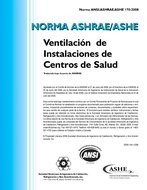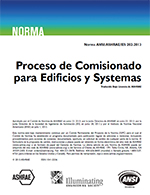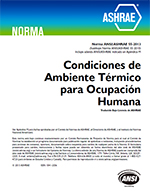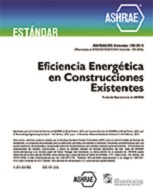Description
Hygrothermal analysis of buildings is becoming increasingly utilized for evaluating heat and moisture related problems within the building envelope. Convective surface coefficients are particularly important for calculations involving boundary layer heat and mass transfer. As the equations for heat, air and vapor transport within the boundary layer are analogous under particular conditions, the convective moisture coefficients are often calculated through analogy equations, i.e. Lewis and Chilton-Colburn. However, these equations are not always valid. Therefore a different approach is needed to accurately determine heat and mass convection coefficients.
In order to simulate vapor transfer between air and porous materials, this paper presents a model that couples CFD (Computational Fluid Dynamics) with an external vapor transport model developed by the authors. CFD is used to study heat transfer between air and solid materials, because convective transfer coefficients are dependent on the boundary layer velocity and temperature profile. It has been shown that these profiles can be calculated accurately with CFD. Thus, in this paper, CFD models heat and water vapor transport in the air and heat transport within the material. Vapor transport in the material was calculated externally and coupled with the CFD solution at specific time steps. Two cases were simulated using the developed model: 1) a transient case of turbulent air flow over a drying wood sample and 2) a transient case of transitional air flow over gypsum samples.
Presented at Thermal Performance of Exterior Envelopes of Whole Buildings X – December 2007
Units: SI
Citation: Thermal Performance of Exterior Envelopes of Whole Buildings X
Product Details
- Published:
- 2008
- Number of Pages:
- 11
- File Size:
- 1 file , 2.6 MB
- Product Code(s):
- D-BldgsX61




